stanford
Latest

‘Quantum microphone’ detects sound at the atomic level
Researchers at Stanford have developed a "quantum microphone" which can detect the smallest known units of sound -- packets of vibrational energy called phonons. The device could form the basis for even more efficient quantum computers.
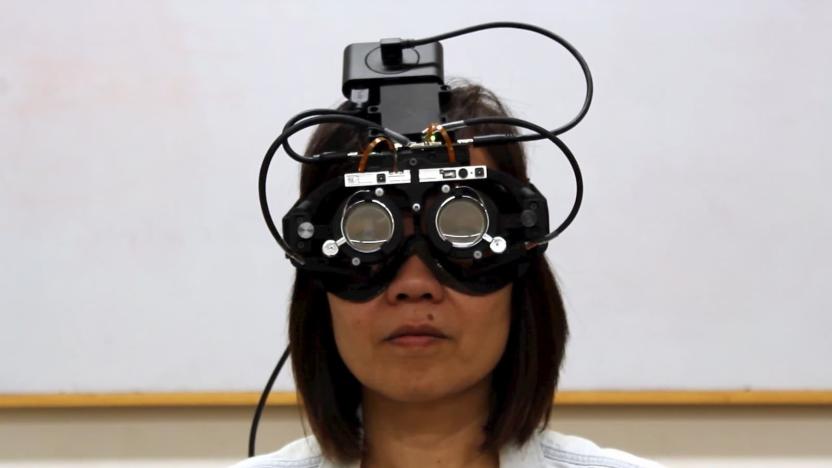
Researchers create eye-tracking glasses that auto-focus where you look
Researchers at Stanford University have created glasses that track your eyes and automatically focus on whatever you're looking at. The so-called autofocals, detailed in a paper published in the journal Science Advances, could prove a better solution than transition lenses or progressive lenses.
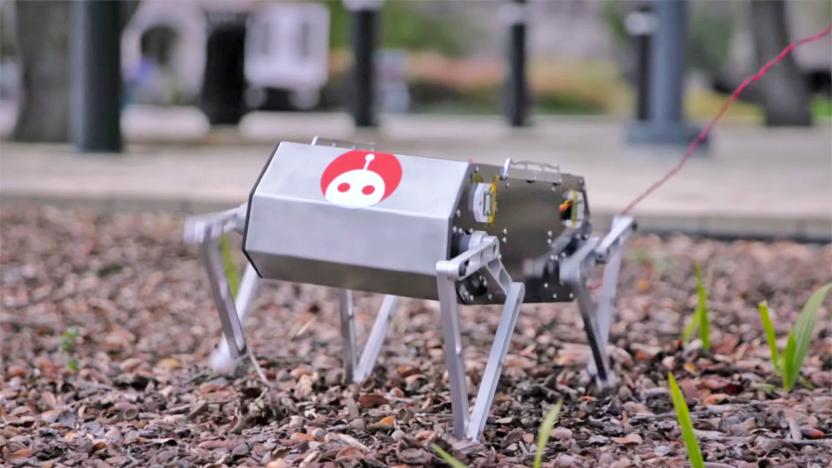
Stanford students' robot dog does backflips for (relatively) cheap
Robots with dog-like talents are nothing new, but it's not exactly practical to buy one that can do more than the basics. The new Aibo is cute, for instance, but not very athletic. A group of Stanford students might have a better solution. They've created Doggo, a four-legged bot that can dance, backflip, jump and trot without requiring exotic hardware. The mechanical canine is made of readily available supplies that achieve the intended acrobatics at minimal cost -- less than $3,000. Instead of using springs to bounce around, it uses force-sensing external motors that continuously determine the levels of force and torque needed for each movement. If the robot's ever out of position, the motors are ready to counteract.
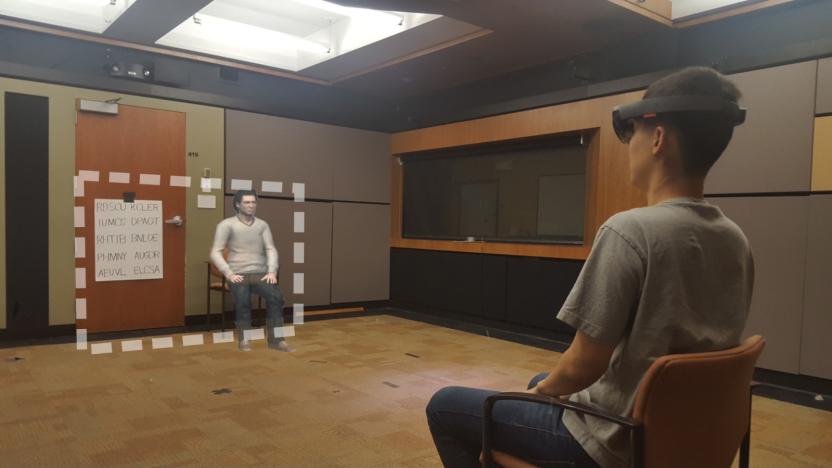
Augmented reality can change your behavior in the real world
A new study from Stanford's School of Humanities and Sciences has found that augmented reality (AR) experiences significantly affect people's behavior in the real world, even after they've taken the headset off.

Stanford institute aims to improve humanity through AI
Stanford is joining the rush to create AI research hubs, albeit with a slight twist. The university is opening the Institute for Human-Centered Artificial Intelligence (HAI for short) with the goal of drawing input from across the university and across disciplines -- it wants input from the humanities, business, engineering and other fields in equal measure. It wants to be sure that AI provides a "better future for all of humanity" and addresses the "challenges and disruptions" they'll create for society, such as the effect of automation on the job market.

Stanford study finds Apple Watch can detect irregular heart rhythms
Stanford has released the results of its Apple Watch-based heart study more than a year after it began, and it appears to have been a success, with a few caveats. Only 0.5 percent of the more than 400,000 volunteers received warnings of irregular heart rhythms, but physicians later verified that 84 percent of those notifications were atrial fibrillation episodes and thus potential signs of trouble. To put it another way, the technology both avoided a glut of false positives (a major concern going into the study) and was reliable enough that it was worth a follow-up with doctors.

Study suggests Facebook users are happier if they leave for a month
You've no doubt heard anecdotal evidence of Facebook users feeling better after they've quit the social network, but how often does that help, really? A fair amount, according to researchers. A study (PDF) from New York University and Stanford showed that Facebook users were happier, more satisfied with life and slightly less likely to feel anxious, depressed or lonely. They also used other social networks less, and used Facebook less when they came back.
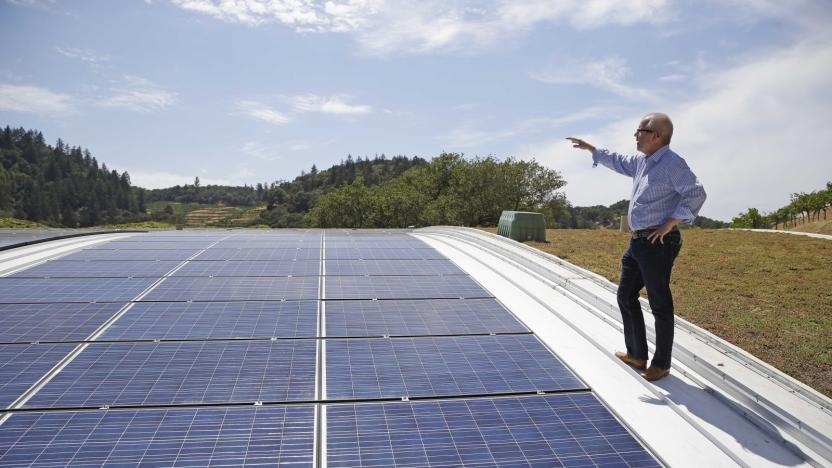
Stanford AI found nearly every solar panel in the US
It would be impractical to count the number of solar panels in the US by hand, and that makes it difficult to gauge just how far the technology has really spread. Stanford researchers have a solution: make AI do the heavy lifting. They've crafted a deep learning system, DeepSolar, that mapped every visible solar panel in the US -- about 1.47 million of them, if you're wondering. The neural network-based approach turns satellite imagery into tiles, classifies every pixel within those tiles, and combines those pixels to determine if there are solar panels in a given area, whether they're large solar farms or individual rooftop installations.
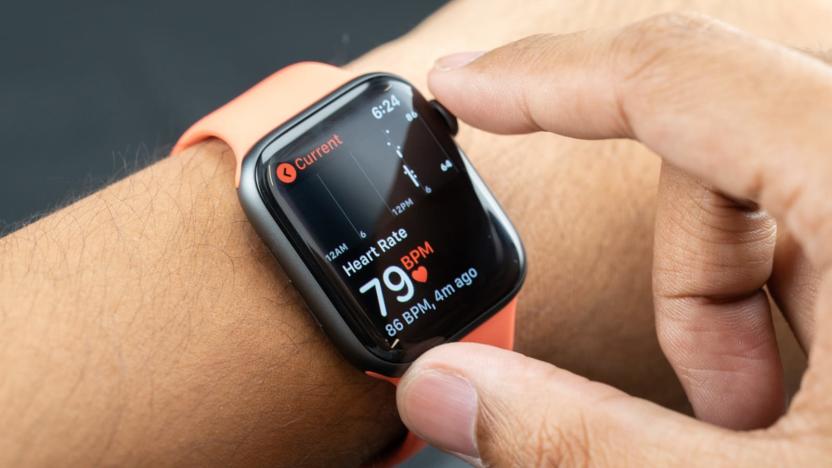
Stanford outlines its massive Apple Watch heart rate study
The Apple Heart Study Stanford launched back in 2017 has garnered so much interest that it was able get 400,000 volunteers. Now, the researchers have revealed the finer details about the study, including what the testers can expect. To start with, each participant has to have access to an Apple Watch (series 1, 2 or 3) and an iPhone, because the trial is meant to examine whether the wearable can accurately detect atrial fibrillation (AFib) or irregular heartbeats.

These tiny drones can lift 40 times their own weight
If you ask these tiny drones, "Do you even lift, bro?" you will get a resounding yes. Researchers at Ecole Polytechnique Fédérale de Lausanne (EPFL) in Switzerland and Stanford University have developed a line of small flying bots that can move objects that are 40 times their weight.

Skeletal stem cells could regrow damaged bones
Believe it or not, scientists are still discovering new forms of stem cells -- and these latest examples could shake up how doctors treat a multitude of common injuries. A Stanford-led research team has identified the human skeletal stem cell, helping the group create a "family tree" of cells that can regenerate bones and cartilage. You can either isolate them from existing bones or generate them from specialized cells in fat, and they're predictable enough (that is, they'll always make bone tissue) that doctors wouldn't have to worry much about unintended results when using them in treatments.

Liquid metal battery could lower cost of storing renewable energy
As dreamy as it might be to combine renewable energy sources with storage batteries, there's a problem: those batteries are expensive. It might take you years to recoup the costs. You'll be glad to hear, then, that Stanford scientists have a way to make those batteries more cost-effective. They've developed a liquid metal-based flow battery that can store electricity at a lower price, even on a large scale. A metal-producing mix of sodium and potassium serves as the negative side of the battery, providing nearly twice the maximum voltage of typical flow batteries (making them high-value) without having to resort to exotic chemicals or extreme temperatures.

Wearable gauges fitness through stress hormones in your sweat
Cortisol (best known as the stress hormone) is handy for tracking your athletic performance and even spotting signs of disease, since it reflects how well your adrenal or pituitary glands are working. But there's a problem: measuring that often takes several days of lab work, by which point the info is no longer relevant. Scientists might have a much better option. They've developed a flexible, wearable sweat sensor (not shown here) that tracks cortisol levels with results in seconds -- that is, while it's at its most useful. It sounds straightforward, but the team had to overcome a major obstacle common to most biological sensors.

Stanford's new lab could make particle accelerators 1,000 times smaller
Particle accelerators have proven vital to understanding subatomic physics, but current technology tends to make them... rather large. And Stanford is determined to address that. SLAC has started assembling a new location, FACET-II (Facility for Advanced Accelerator Experimental Tests), that could lead to accelerators 100 to 1,000 times smaller than you see today. The facility will produce ultra-high quality electron beams that should help develop new, more size- and cost-effective plasma acceleration techniques.

Alibaba and Microsoft AI beat human scores on Stanford reading test
20 years ago, IBM's Deep Blue beat Garry Kasparov in a game of chess and the practice of pitting human against computer continues to this day. Google's AI was the first to beat a Go champion a couple of years back (and it continues to teach itself how to play other games, too). Now Bloomberg reports that Alibaba and Microsoft have both developed AI that scores better than humans on a Stanford University reading test.

Unearthing oxygen-starved bacteria might worsen climate change
A recently-released federal report has finally credited humans with causing climate change, but we might have more to worry about than fossil fuel emissions. While we knew bacteria in earth's soil releases almost a third of the carbon dioxide that reaches the atmosphere every year, a portion of this population has gone overlooked. A new study has found that bacteria which don't require oxygen to produce CO2 occur in more areas than previously thought. And while its production is far lower than normal (aerobic) processes, that rate will likely increase if the surrounding soil was exposed to air or when the global climate warms up.

Google voice recognition could transcribe doctor visits
Doctors work long hours, and a disturbingly large part of that is documenting patient visits -- one study indicates that they spend 6 hours of an 11-hour day making sure their records are up to snuff. But how do you streamline that work without hiring an army of note takers? Google Brain and Stanford think voice recognition is the answer. They recently partnered on a study that used automatic speech recognition (similar to what you'd find in Google Assistant or Google Translate) to transcribe both doctors and patients during a session.

3D gel stacks can grow enough stem cells to treat brain disease
Programmed stem cells promise to tackle all kinds of illnesses, but there's one catch: making them. It's hard to cultivate large numbers of them, and the need to grow them on 2D surfaces isn't very practical. That's where researchers might come to the rescue: they've developed a method of growing neural stem cells in large volumes, but without chewing up too much valuable real estate. The trick is to use polymer-based gels that allow these juvenile cells to grow in 3D stacks.
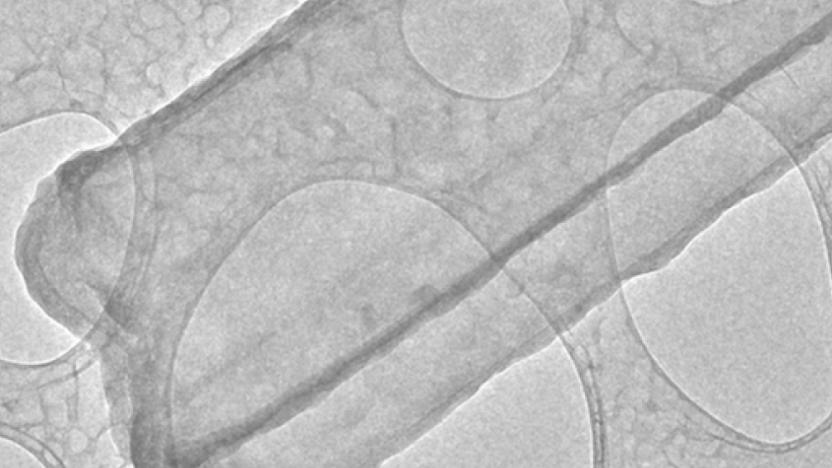
Researchers look deeply within batteries to see why they explode
High-energy batteries, like the ones in your laptop and smartphone, can fail, which can cause them to overheat and even catch fire. A team of researchers used cryo-electron microscopy (cryo-EM) , a technique that won the 2017 Nobel Prize in chemistry, to capture high-resolution, atomic-level images finger-like growths in these devices called dendrites. The new images will give scientists a better idea of what causes high-energy batteries to overheat, which could lead to safer devices for all of us.

Fiber optic lines can double as earthquake detectors
You might not need an extensive sensor network or a host of volunteers to detect earthquakes in the future -- in fact, the lines supplying your internet access might do the trick. Researchers have developed technology that detects seismic activity through jiggling in fiber optic lines. Laser interrogators watch for disturbances in the fiber and send information about the magnitude and direction of tremors. The system can not only detect different types of seismic waves (and thus determine the seriousness of the threat), but spot very minor or localized quakes that might otherwise go unnoticed.







